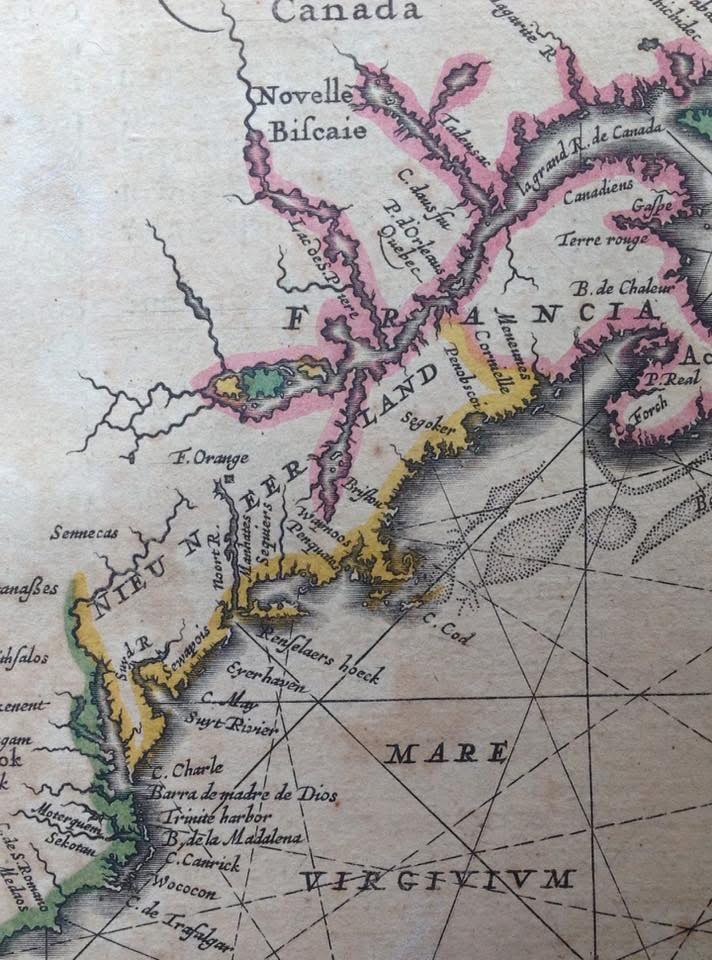From the Journals of the New World: On the Arrival of Peter Stuyvesant in New Amsterdam, Anno Domini 1647
It was on this day, in the year of our Lord 1647, that a figure most resolute and formidable disembarked upon the wind-swept shores of New Amsterdam. That man was Peter Stuyvesant—late of the West India Company and maimed in battle, yet not broken in spirit—arriving to assume the mantle of Director-General over the unruly and oft-contested colony of New Netherland.
With a wooden leg and an iron will, Stuyvesant strode into a settlement that clung like driftwood to the southern extremity of the island known to the native Lenape as Manhates. In time, and through much toil, he would extend the dominion of the Dutch beyond that precarious edge of civilization. He ordered the raising of a stout palisade—a barrier of timbered defense—across the width of the settlement, upon the very path that future generations would come to call Wall Street.
Not content with mere defense, the Director-General sought order and industry. He directed the excavation of a canal, threading the forested interior with the hand of commerce; and though the canal itself would one day be filled and trod upon, its path endures in the course of Broadway—now a thoroughfare of splendor, but once but a muddy artery through virgin wood.
Though the colony would in time fall to the English in the year 1664, and the name of New Amsterdam vanish beneath that of New York, the spirit of Stuyvesant would not so easily be buried beneath the pageant of empires. His legacy lives on in the names borne by institutions and quarters: Stuyvesant High School, where the children of the Republic pursue the sciences; Stuyvesant Town, a modern bastion of urban dwelling; and Bedford-Stuyvesant, where the echoes of many peoples converge in a new American story.
Let it not be forgotten that upon the maps of the age—such as Jan Janson’s “Mar del Nort” circa 1650—the land we now call Manhattan was marked in letters of the Old World as Manhates. And so it was: a wild shore, shaped by ambition, conflict, and the steady hand of men like Peter Stuyvesant, whose wooden foot left impressions still felt beneath the steel and stone of the Empire City.



